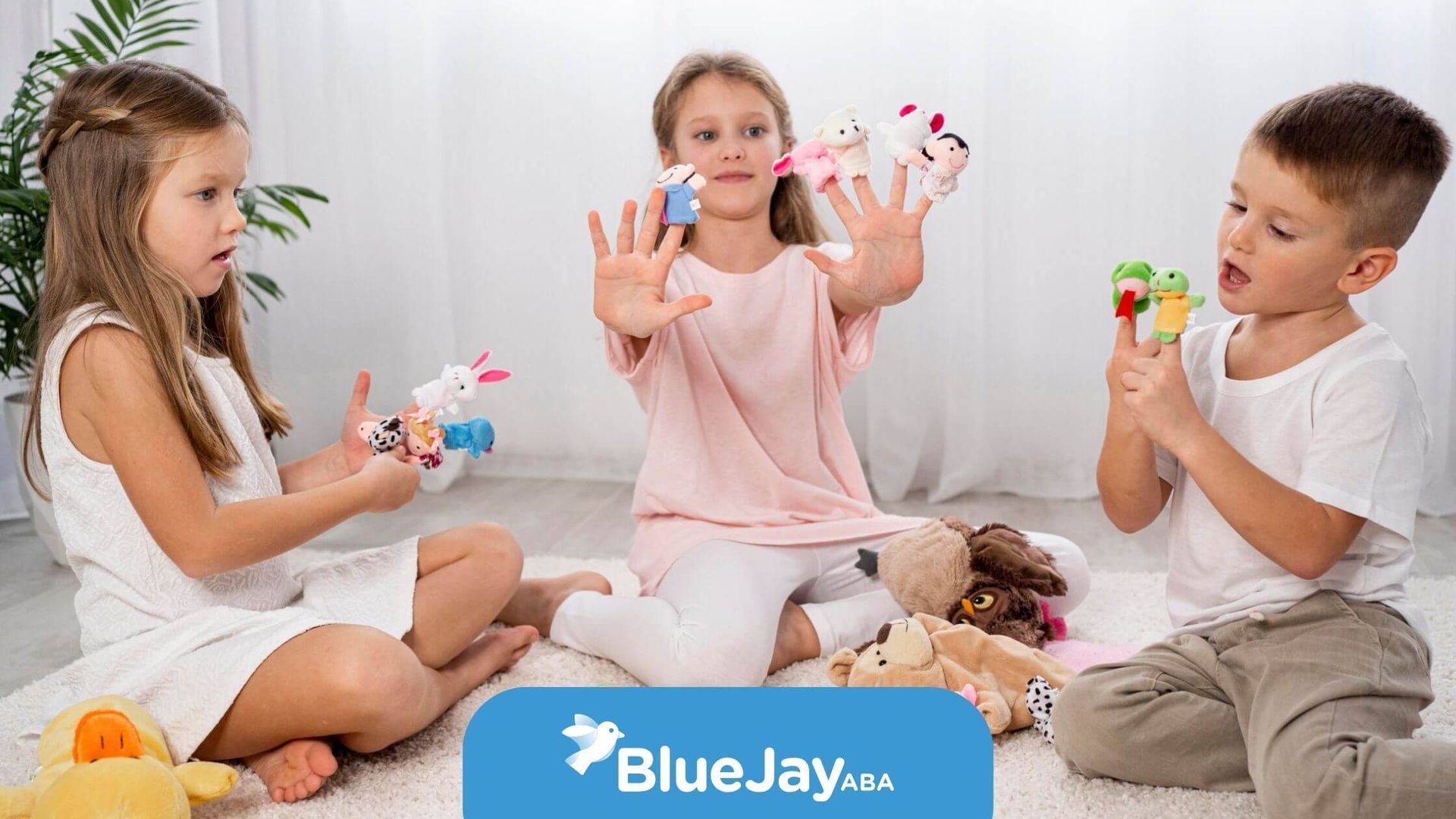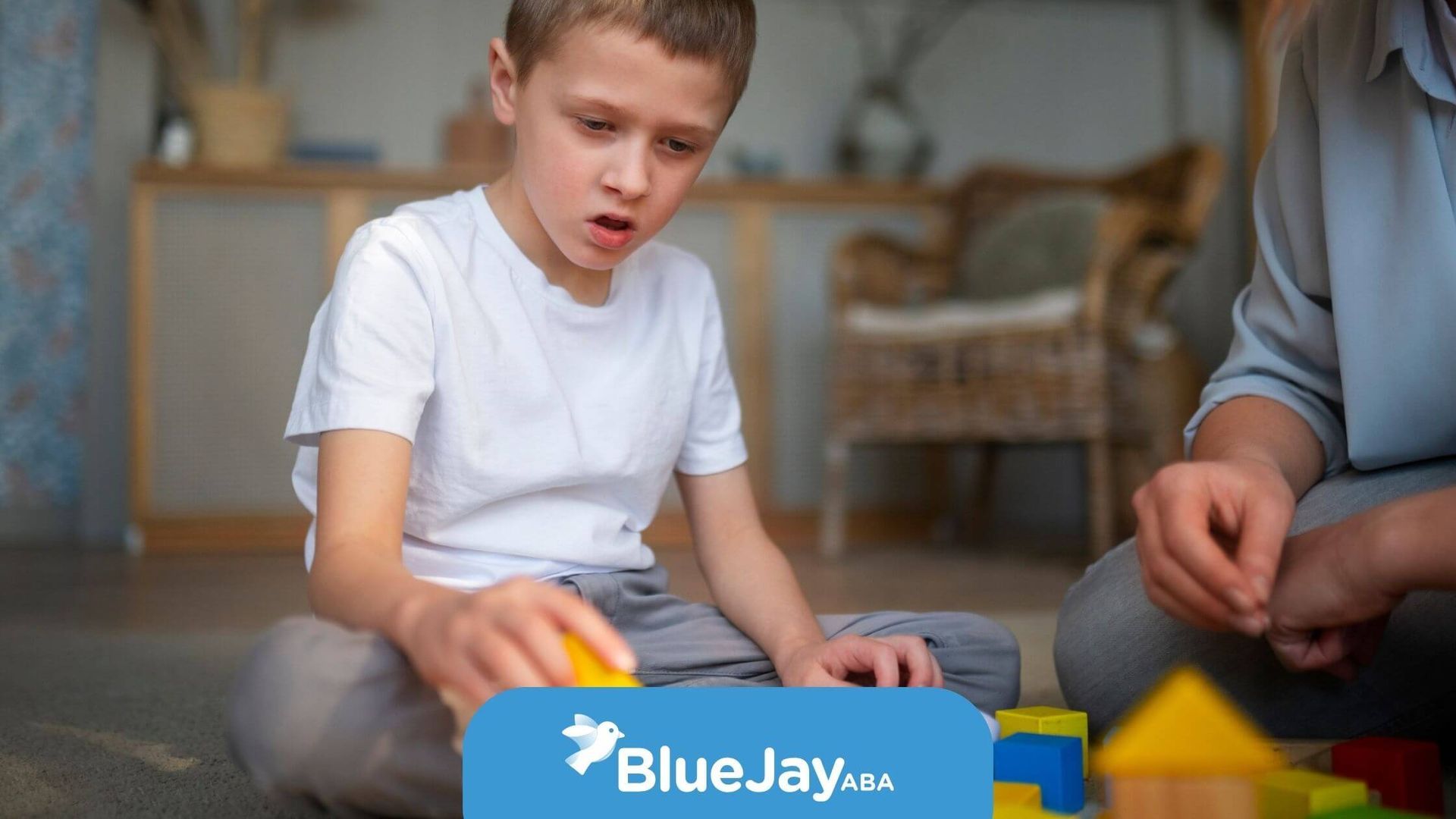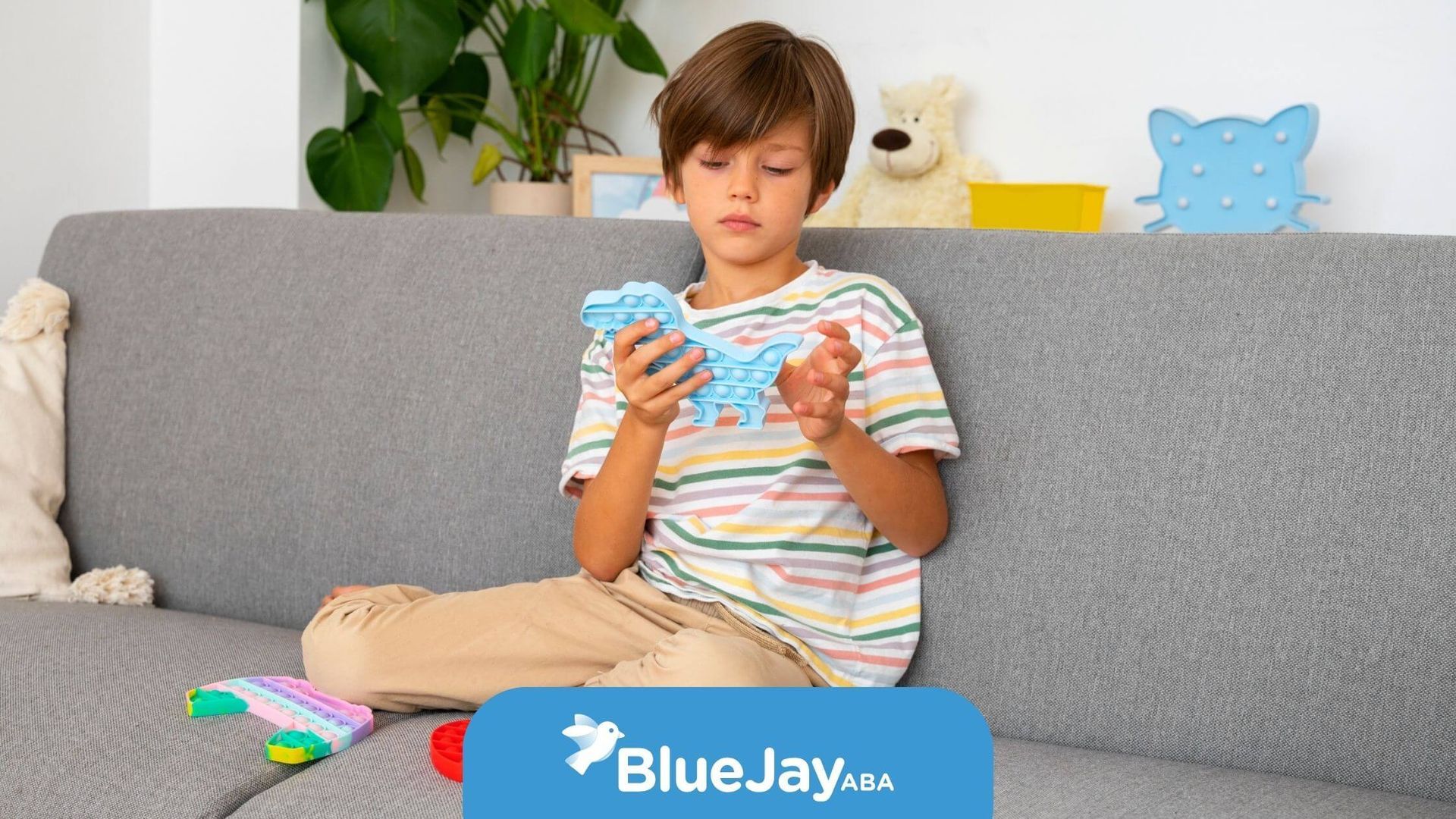How ABA Therapy for Social Skills Transforms Lives
A child who once watched peers from the sidelines is now actively leading a game of tag. That transformation illustrates the power of Applied Behavior Analysis, or ABA therapy for social skills. Families, educators, and therapists use these techniques to teach social communication, foster peer interactions, and reinforce prosocial behaviors.
Through structured interventions, positive reinforcement, and data-driven decision-making, ABA therapy enables individuals with autism spectrum disorder to build confidence and independence. This article examines the principles and practices that drive social growth, from goal setting and progress monitoring to classroom integration and early intervention outcomes.
Defining ABA Therapy
What ABA Therapy Is
ABA therapy refers to a systematic approach that applies behavioral principles to teach new skills and reduce challenging behaviors. It breaks down complex tasks into manageable steps and uses reinforcement to encourage desired actions. According to Empower Behavioral Health, this approach uses systematic reinforcement to teach and strengthen social abilities.
Core Principles
As a foundation, ABA relies on three core principles
- Positive reinforcement to increase desired behaviors
- Data collection to track progress objectively
- Individualized programming tailored to each child’s strengths and needs
Research Findings
Numerous studies confirm the impact of ABA on social and communicative skills. In a controlled study in Wuhan, institutionalized children with autism showed significant gains in social engagement and daily living skills after a structured ABA program. Longitudinal research indicates that early and intensive ABA can lead to lasting improvements in language, adaptive behaviors, and social interactions well into adolescence.
Highlighting Social Benefits
Why Social Skills Matter
Social skills form the backbone of classroom success, peer relationships, and community participation. These include interpreting tone of voice, facial expressions, and body language—abilities that drive empathy and smoother interactions. Children who develop sharing, turn-taking, and receptive communication often face less anxiety in group settings.
Evidence of Improvement
Research has demonstrated that targeted ABA interventions boost social competence. One survey found that children receiving consistent ABA therapy showed measurable improvements in eye contact, conversational turn-taking, and cooperative play. Data from early ABA-rooted programs such as the Early Start Denver Model highlight marked gains in joint attention and communication skill development for at-risk infants.
Describing Key Techniques
Positive Reinforcement
Positive reinforcement sits at the heart of ABA. When a child demonstrates a target behavior—like greeting a peer—a preferred reward such as praise or a token immediately follows. This strategy increases the chance that the behavior will recur.
- Social rewards like high-fives or verbal praise
- Tangible items such as stickers or small toys
- Token systems allow the child to trade tokens for a larger reward later
Science shows that immediate reinforcement bolsters learning efficiency.
Discrete Trial Training
Discrete Trial Training, or DTT, breaks skills into small, teachable steps. Each trial follows a set sequence: instruction, response opportunity, and consequence. This one-on-one method offers frequent chances for success and data-driven feedback.
- Clear instructions were delivered by the therapist
- Child response under minimal distractions
- Reinforcement for correct responses
DTT is particularly effective for building eye contact, greeting skills, and following simple directions.
Social Stories
Social stories use short narratives to illustrate social situations and expected responses. They help children anticipate events, understand emotions, and practice appropriate behaviors in context.
- Personalized vignettes describing real-life scenarios
- Visual supports through pictures or icons
- Role-play opportunities to act out storylines
Crafting Personalized Goals
Role of the BCBA
Board Certified Behavior Analysts, or BCBAs, lead the development and oversight of ABA programs. They conduct assessments, define measurable targets, and adjust strategies based on data.
- Conduct functional assessments to identify behavior triggers
- Set Specific, Measurable, Achievable, Relevant, and Time-Bound (SMART) goals
- Provide ongoing supervision and training for therapy staff
Caregiver Collaboration
Family involvement amplifies ABA outcomes. Parents and caregivers contribute critical insights about the child’s preferences, routines, and natural environments.
- Regular meetings to review progress and refine goals
- Home-based strategies that generalize skills beyond therapy sessions
- Parent Coaching to build consistency across settings
Tracking Therapy Progress
Data Collection Methods
Objective data drives ABA decisions. Therapists use a variety of methods to record behavior frequency, duration, and context.
- ABC data capturing Antecedent, Behavior, and Consequence
- Event recording to tally each instance of a behavior
- Interval recording noting behavior presence during set intervals
Standardized Assessments
Standardized tools offer benchmarks for adaptive skills and academic readiness. Common instruments include the Vineland Adaptive Behavior Scales, the Verbal Behavior Milestones Assessment and Placement Program (VB-MAPP), and the Assessment of Basic Language and Learning Skills (ABLLS).
- Vineland Adaptive Behavior Scales for daily living skills
- VB-MAPP for language and social milestones
- ABLLS for early academic skills
These tools help families and professionals track gains and adjust therapy plans as needed.
Integrating in Classrooms
Educator Collaboration
Successful ABA integration in schools hinges on strong partnerships between BCBAs and educators. Together, they tailor classroom routines to support social learning.
- Joint planning sessions to align goals with curriculum
- Classroom observations by behavior specialists
- Staff training in basic ABA principles
Classroom Strategies
Simple adaptations can foster inclusive environments and reinforce skills throughout the school day.
- Antecedent modifications like minimizing distractions
- Peer-mediated Interventions pairing neurotypical peers with target students
- Visual supports including schedules, choice boards, and social scripts
Selecting a Provider
Credentials and Experience
Choosing a qualified provider, like Blue Jay ABA, ensures high-quality care. Key credentials include BCBA certification, state licensure, and experience with social skill training.
- Verified BCBA Certification by the Behavior Analyst Certification Board
- Licensure in the state of North Carolina
- Proven Track Record with social skills programs
Key Questions
Families should ask targeted questions to assess fit and quality.
- What is the recommended therapy intensity and duration?
- How are goals set and reviewed?
- What data collection methods will be used?
- How is caregiver involvement supported?
Initiating Early Intervention
Age Recommendations
ABA yields the greatest impact when started early. Programs often begin as young as 18 months and intensify during preschool years. Below is a summary of common weekly intensity guidelines.
| Age Range | Weekly Hours |
|---|---|
| 18–36 months | 15–25 |
| 2–6 years | 25–40 |
| 7+ years | 12–15 |
Long-Term Outcomes
Studies reveal that children who begin ABA before age 4 maintain gains in IQ, language skills, and adaptive behaviors up to 18 years later. They exhibit improved academic performance, reduced maladaptive behaviors, and stronger peer relationships.
Encouraging Ongoing Support
Parent Training
Ongoing parent education builds consistency across home and therapy settings. Training covers reinforcement techniques, goal review, and data collection basics.
- Workshop Series on evidence-based ABA strategies
- One-on-one coaching sessions
- Resource Libraries with visual aids and guides
Peer Support Groups
Connecting with other families fosters community and shared learning. Support groups offer practical tips, emotional encouragement, and networking opportunities.
- Local Meetups for parents and caregivers
- Online Forums specializing in social skills development
- School-Based Support Circles facilitated by educators
Conclusion
ABA therapy for social skills has a robust evidence base demonstrating its ability to transform communication, social engagement, and daily living outcomes for children with autism spectrum disorder. Core techniques—such as positive reinforcement, discrete trial training, and social stories—work in concert with personalized goals and rigorous data tracking.
Collaborative efforts among BCBAs, caregivers, educators, and community supports ensure that skills generalize across settings. Early intervention, combined with ongoing parent training and peer group involvement, maximizes the potential for lasting success.
At Blue Jay ABA, we specialize in helping children across North Carolina build the social skills they need to connect, grow, and thrive. Whether your child is just beginning their journey or needs support in specific areas like conversation, play, or emotional regulation, our expert BCBAs are here to design an evidence-based plan that works. Start your child’s social success story today and schedule a free consultation with us!
Frequently Asked Questions
What social skills can ABA therapy help improve?
ABA therapy can target skills such as making eye contact, initiating and maintaining conversations, turn-taking, understanding emotions, and building peer relationships.
How long does it take to see improvements in social behavior with ABA therapy?
Progress varies by child, but many families begin to see measurable improvements in social interaction within a few months of consistent, personalized ABA therapy.
Can ABA therapy for social skills be done in school or community settings?
Yes, generalization across environments is key. Blue Jay ABA offers in-home, school-based, and community-based sessions to help children apply social skills in real-world situations.
SOURCES:
https://www.autismspeaks.org/applied-behavior-analysis
https://pmc.ncbi.nlm.nih.gov/articles/PMC11487924/
https://pmc.ncbi.nlm.nih.gov/articles/PMC8702444/
https://howtoaba.com/teach-social-skills/
https://www.appliedbehavioranalysisedu.org/what-is-social-skills-training-in-the-context-of-applied-behavior-analysis/
Related Posts






